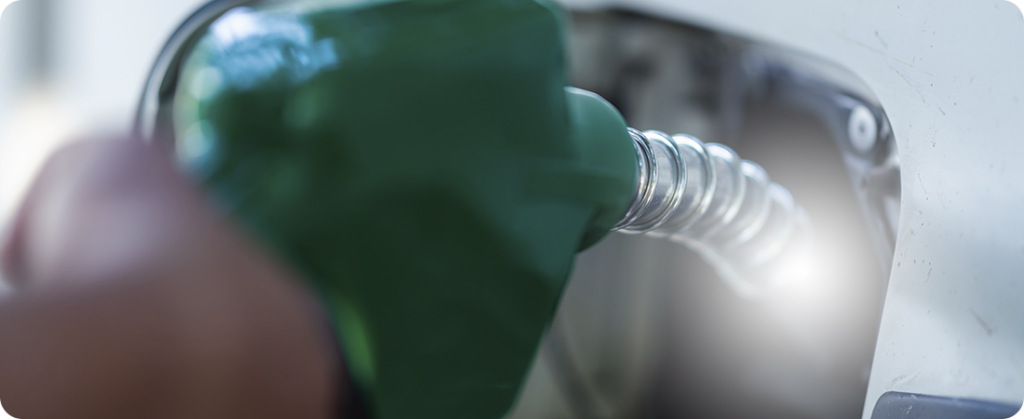
The introduction of a new B35 blend by the Indonesian government is expected to increase the country's biofuel consumption by 25%. This will rise to 13 billion liters this year, according to a USDA report.
The increase in consumption was also due to the growth in diesel demand, the USDA Indonesia's Foreign Agricultural Service (FAS) reported: Biofuels Annual.
In August, B35 achieved national coverage. According to a report on September 29, the Indonesian government plans to increase the blending rate to more than 35%.
Last December, the government conducted road tests for trucks and passenger cars. The USDA conducted a road test in May, in addition, it tested a focus on heavy machinery in the mining sector, using two types of mixture.
Indonesian Government Continues to Support B35 Biofuel Blend Mandate Program
In the road test, they used two mixtures: a fuel mixture with 40% of fatty acid methyl ester (FAME) and another with 30% of FAME and 10% of hydrogenated renewable diesel (HDRD). Higher compositions of HDRD were used in heavy machine testing.
The government maintained support for the biofuel blending mandate program. This support has existed since 2015, as reported by the USDA.
The Crude Palm Oil Fund Agency (CPO) manages funds collected from the government's palm oil export levy, which can subsidize the price difference between biofuel and fossil diesel as part of the system.
Last year, funds raised from the export tax totaled US$ 2.3 billion, therefore equivalent to the cost of the biofuel subsidy. Tax collected in 2022 was 33% lower than the previous year due to lower global palm oil prices and adjustments to the export tax structure.
Meanwhile, the Indonesian government continued to conduct tests for HDRD and sustainable aviation fuel (SAF), according to the report.
After completing a flight test for military aircraft last year, state-owned company Pertamina carried out another SAF test in July for commercial aircraft jet engines.
Source: Oils & Fats International












